Dealing with red bumps on the muzzle is one of the most common problems that Great Dane dog owners face. Luckily, chin acne treatment for Great Dane dogs is simple!
A dogs acne can be caused by a variety of things, including allergies, poor nutrition, and hormonal imbalances. Choosing the proper Great Dane acne treatment can help you clear this up once and for all!
In this blog post, we will discuss the causes of acne on the chin and surrounding skin in Great Danes, and provide treatment options for this condition.
Why does my Great Dane have pimples on his chin?
There are several reasons why your Great Dane may have chin pimples and redness around their nose, neck, and mouth.
The most common causes of acne are dirty bowls and environmental allergies.
Your dog may be allergic to his food, the environment, or even his own shampoo! If you notice that your dog’s chin pimples seem to flare up after he eats certain foods or comes in contact with certain materials, allergies may be to blame.
Other possible causes of include poor nutrition, dirty food and water dishes, plastic food and water dishes, and hormonal imbalances.
A diet that is lacking in certain nutrients can cause your dog’s coat to become dry and irritated, which can lead to pimples, itching, and other annoying skin conditions.
Hormonal imbalances are also a common cause of acne and skin irritations in dogs.
If you notice that your dog’s pimples seem to be getting worse during certain times of the year or during his heat cycles, hormonal imbalances may be the cause.
For example, a female dog that is going into heat, or a male dog reaching maturity, may be more prone to acne.
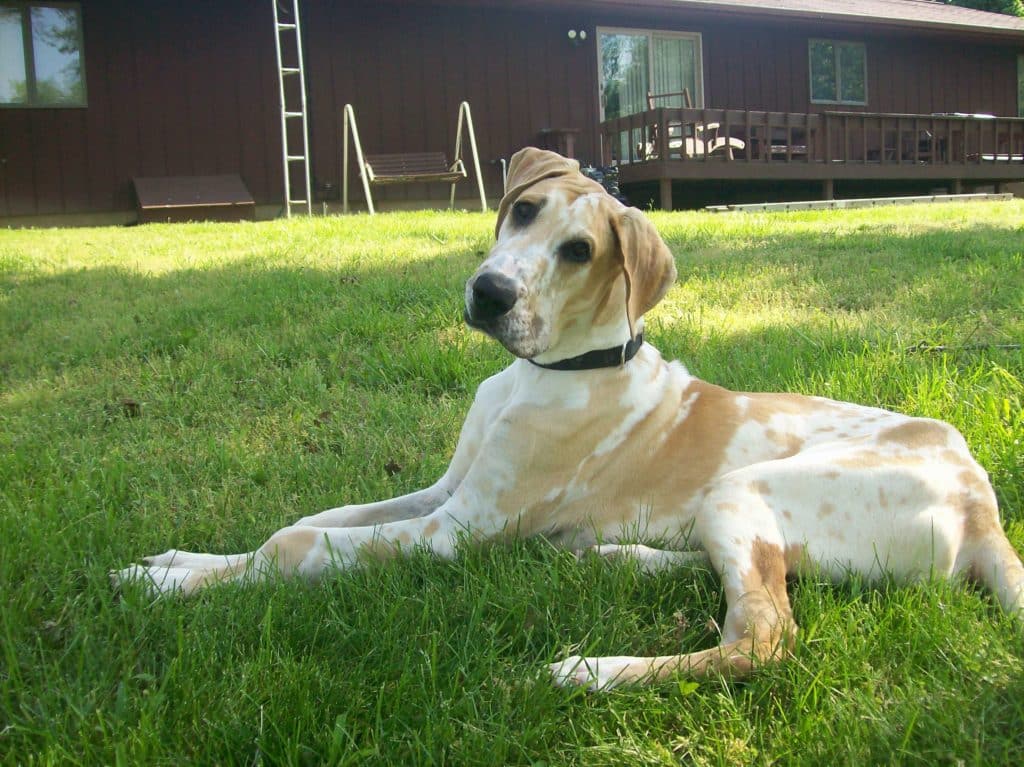
Dirty bowls are one of the most common reasons for acne in dogs.
If your dog’s food and water bowls are not cleaned on a regular basis, they can become breeding grounds for bacteria.
Bacteria can then transfer to the skin and cause pimples. We recommend cleaning your dog’s food and water dishes daily with hot, soapy water, especially if you are experiencing a flare up!
Read more about this condition from VCA Animal Hospital!
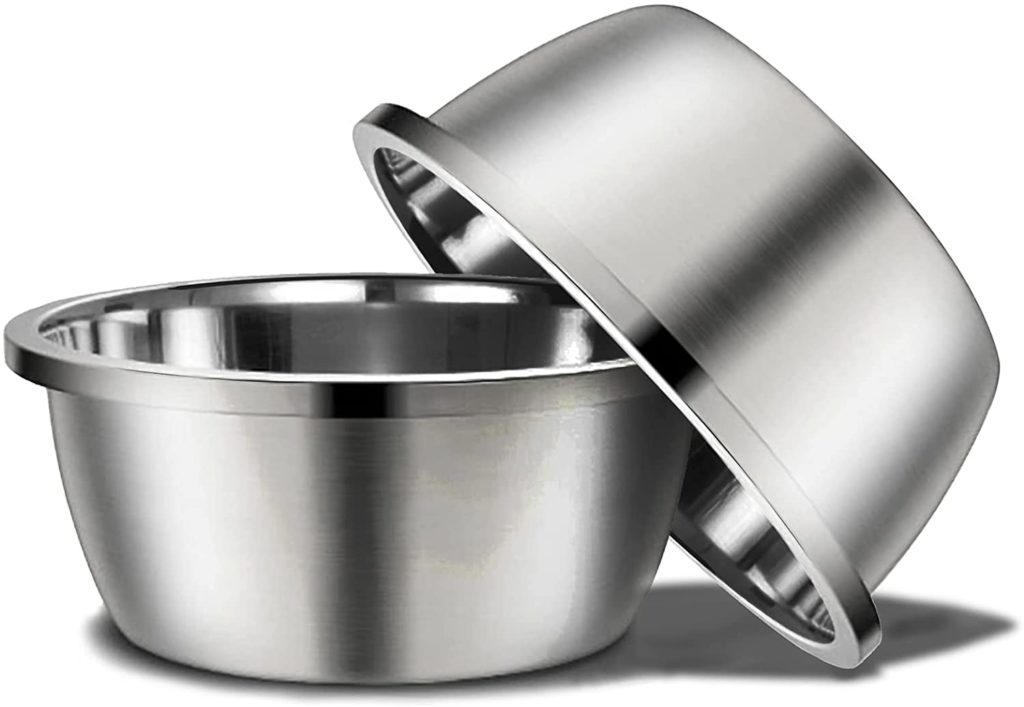
Symptoms of Dog Acne
The most common symptom of dog acne is the presence of one or more pimples or red bumps on your dog’s chin.
These pimples may be white, black, pink, or red and can range in size from tiny bumps to large cysts.
Your dog may also have redness around his nose and mouth, as well as excessive licking and scratching. Canine acne is irritating and severe cases may be uncomfortable to your dog.
Some acne on dogs may even bleed!
While this is nothing to be completely alarmed about, you may wish to have your veterinarian perform a skin scraping and bacterial culture if your dog’s skin seems particularly irritated.
Adolescent dogs are more prone to experiencing great dane acne.
This is due to the hormonal changes that they are going through during this time.
Spaying or neutering your dog can help to reduce the occurrence of acne, as well as other health problems. As always, however, we recommend waiting to spay or neuter until your dog is 18-24 months of age.
Is Canine Acne contagious?
No, real canine acne is not contagious.
You don’t have to worry about your dog passing his pimples on to you or your other pets! However, it is important to keep your dog’s chin clean and dry to prevent secondary infections.
We also recommend washing your hands anytime you clean your dogs chin, and especially after you apply topical medications.
If your dog is experiencing this as a result of irritation from a fungal infection or certain types of bacterial infection, that can spread to you or others, however, and it’s important to take precaution.

How do I Get Rid of my Dog’s Acne?
As always, the best way to treat your dog’s acne is to start with a trip to the vet.
Your licensed veterinarian can perform a skin scraping and bacterial culture to rule out other possible causes of skin irritation and dog acne. A skin biopsy may be requested if the dog’s acne has a certain clinical appearance that your veterinarian finds concerning.
Address the root cause of dog acne, first
Your veterinarian will be able to determine if your dog’s muzzle acne is caused by an allergy or hormonal imbalance, demodex mites, dirty bowls, poor hygiene, or fungal infections.
They may recommend cultures of the affected area and prescribe a comprehensive initial treatment, depending on the results.
Available dog acne treatments
There are a number of different treatments available, including oral antibiotics, topical steroids, benzoyl peroxide and medicated shampoos, depending on the root cause.
The best course of treatment will depend on the severity of your dog’s condition and the underlying cause of his pimples. We recommend seeking professional advice anytime the condition seems to be severe or worsening.
Mild cases of acne can often be treated at home with a simple cleansing routine and the use of topical ointments. You should begin to notice a difference in less than a week if the root cause is simple.
You can find these from your vet, at your local pet store, Walgreen’s, Chewy or Amazon. Each of our favorites is linked below.
Treatment options for dog acne include:
- Chlorhexidine Pads or similar medicated wipes
- Medicated soaps, such as chlorhexadine wash
- Medicated shampoo
- Topical treatment containing benzoyl peroxide
- Natural topical treatments
- Aloe vera, to sooth the skin
- Oral Steroids from your veterinarian
- Prescription ointments from your veterinarian
- Oral medication and antibiotics from your veterinarian
When you treat dog acne, it’s important to be patient.
You may not see results immediately, and it may take some time to find the right combination of treatments that work for your dog. Human acne is often much the same.
Do Dog Bowls Cause Dog Acne?
One of the most common causes of dog acne is dirty food and water bowls.
The bacteria responsible for muzzle folliculitis and other conditions can build up in your dog’s bowl and cause irritation when it comes into contact with your dog. A young dog or one with a lower immune system will be more at risk of developing a reaction.
We recommend cleaning your dog’s bowl daily with hot, soapy water.
You may also wish to invest in a stainless steel bowl, which is easier to clean and less likely to harbor bacteria.
Plastic food and water dishes can also cause chin acne.
The plastic can harbor bacteria and when your dog’s chin comes into contact with it, the bacteria can cause irritation and pimples.
What are the best bowls for dogs with red bumps?
We recommend switching to stainless steel or ceramic bowls to avoid this, especially if your dog is prone to acne problems. You don’t want this to become a chronic condition, so it’s helpful to start treating it at the source.

How can I Treat Dog Chin Acne naturally?
If you are looking for a more natural way to treat your dog’s chin acne, there are a few things you can try.
Some people find that feeding their dogs yogurt or kefir helps to clear up pimples and soothe irritated skin. Make sure that the addition of toppers and supplements does not exceed 10% of your pet’s diet.
You can also add omega-fatty acids to your dog’s diet, which help with skin, coat, joints and eyes.
Regular bathing with a soothing shampoo can help remove irritants from the skin’s surface. Just make sure you don’t overdo it and dry your dog’s skin out!
We recommend that you use a warm cloth to clean your dog’s face daily, and that you apply a small amount of aloe vera to the affected area after cleansing.
You can also try using a small amount of diluted apple cider vinegar on a cotton ball to help dry up pimples. Just be careful not to get any in your dog’s eyes!
As always, if you notice any changes in your dog’s skin or if his acne seems to be getting worse, contact your veterinarian right away.
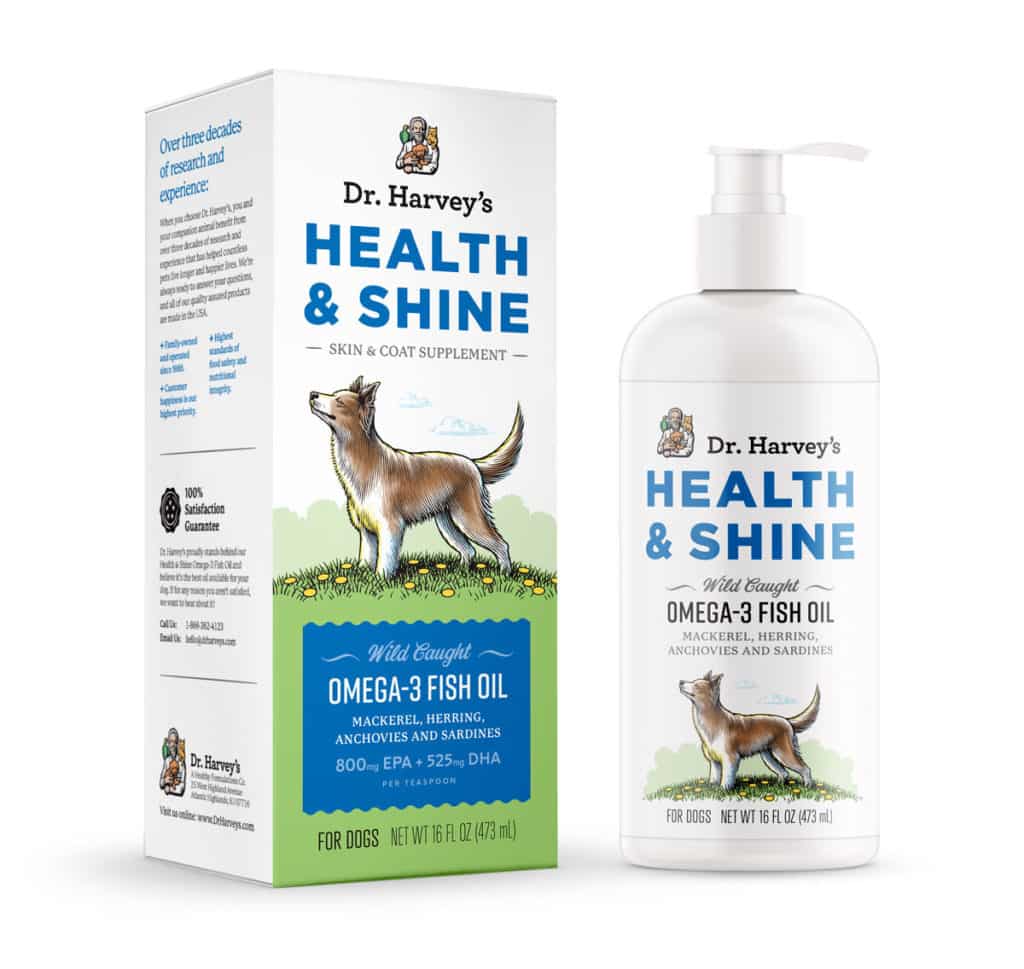
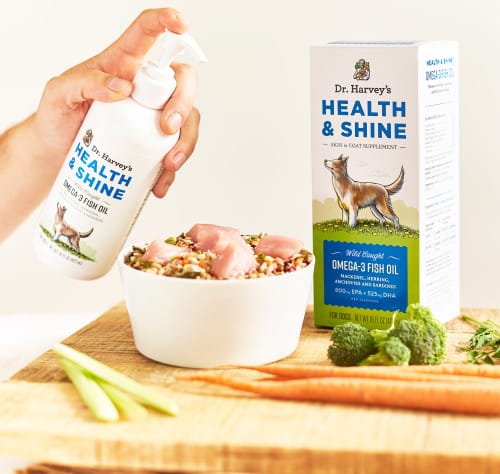
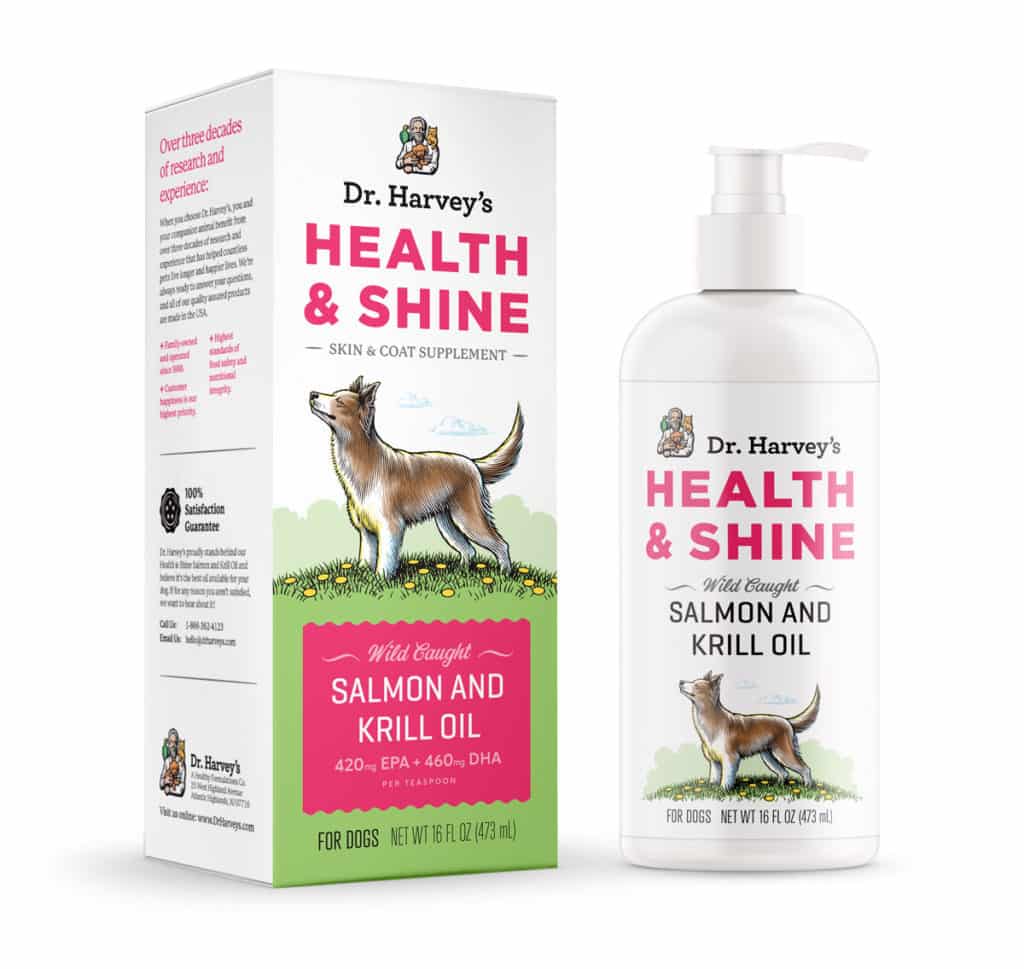
What other kinds of dogs are prone to acne?
Short haired breeds such as German Shorthaired Pointers, Doberman Pinschers, Boxers, Bulldogs and Pugs are also susceptible to developing acne.
Other dogs with long hair may also be prone, as bacteria and dirt can get trapped in the hair and cause irritation.
Dogs with sensitive skin or allergies may also be more prone to developing pimples and dog acne. Irritated hair follicles and canine chin acne is a common problem for many breeds of dog.
Great Danes are not the only dogs that can suffer from chin acne!
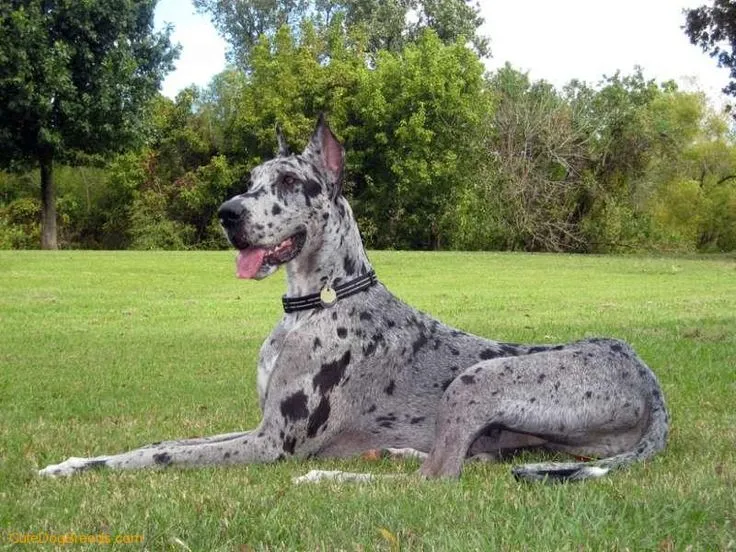
Canine Acne Treatment Summary
Proper treatment of canine acne will depend on the underlying cause of the condition.
Great Dane dogs are especially prone to developing this condition due to their large chin folds. Treating skin problems can be frustrating when you have those folds to deal with!
The most common dog acne treatment options include medicated wipes, soaps, shampoos, and ointments. In some cases, oral medications or antibiotics may be necessary.
It is important to be patient when treating this condition as it may take some time to find the right combination of treatments or appropriate antibiotics that work for your dog.
Finally, be sure to clean your dog’s food and water bowls on a regular basis to help prevent the build-up of bacteria.
If you are looking for a more natural way to treat your dog’s chin acne, there are a few things you can try, such as adding yogurt or kefir to his diet, or using diluted apple cider vinegar on a cotton ball.
If you notice any changes in your dog’s muzzle or if his acne seems to be getting worse, contact your veterinarian right away.
For more Great Dane health resources, read on!

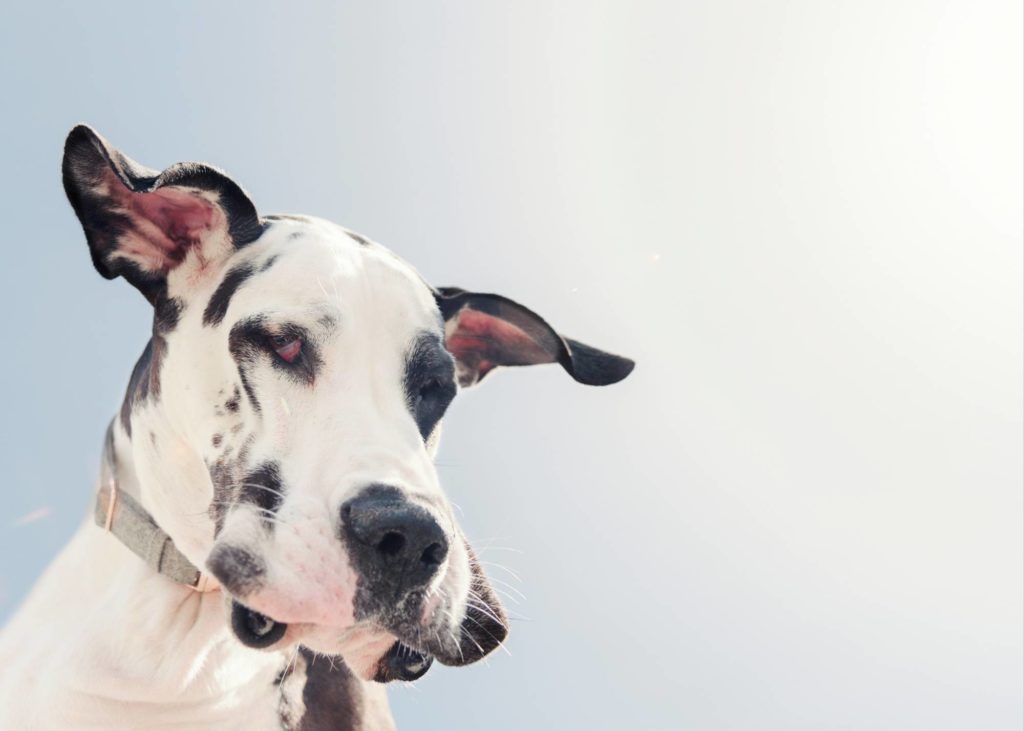
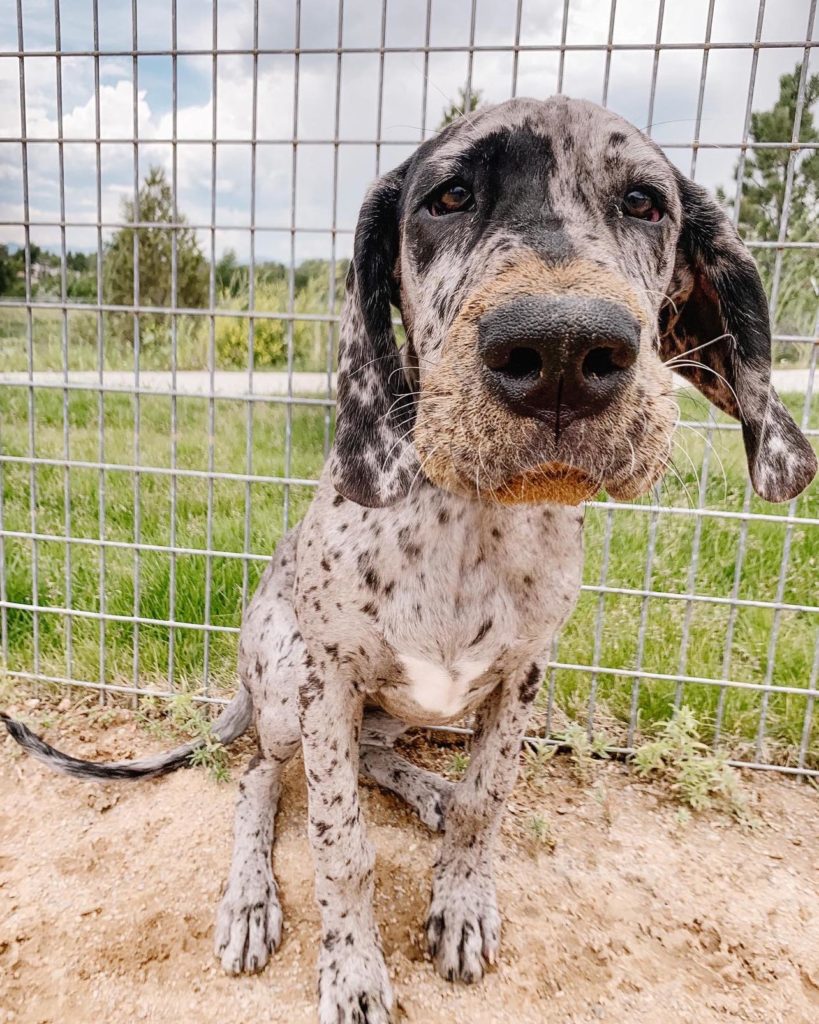
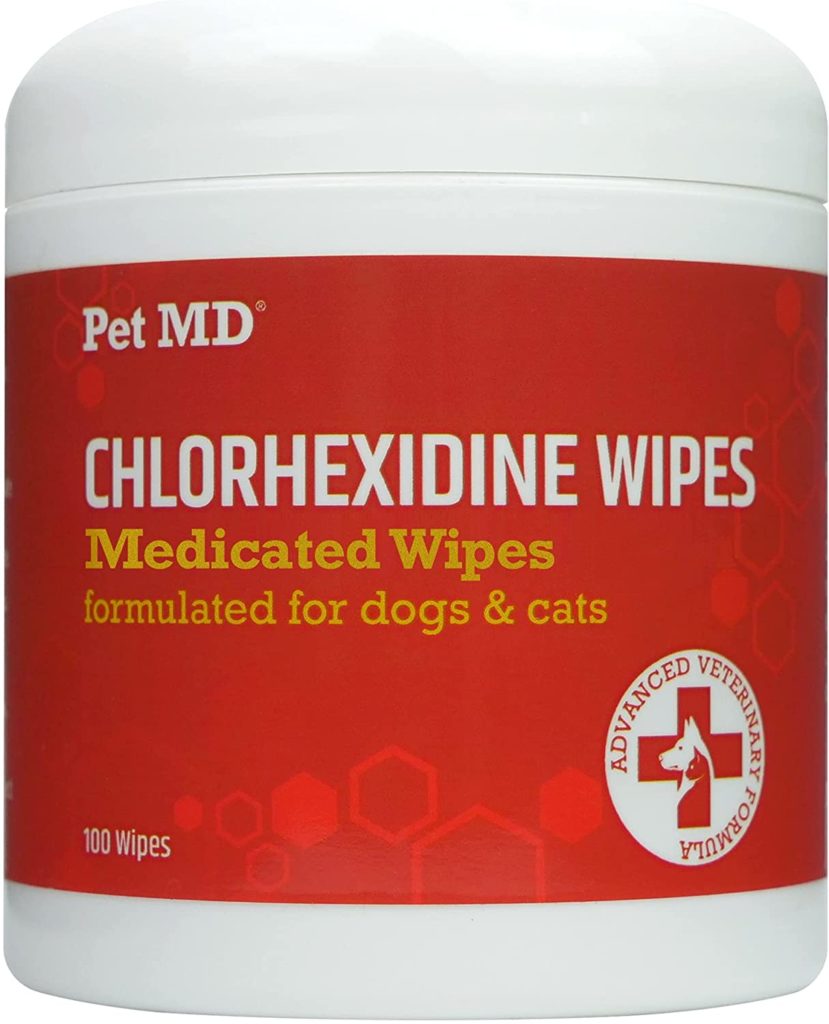
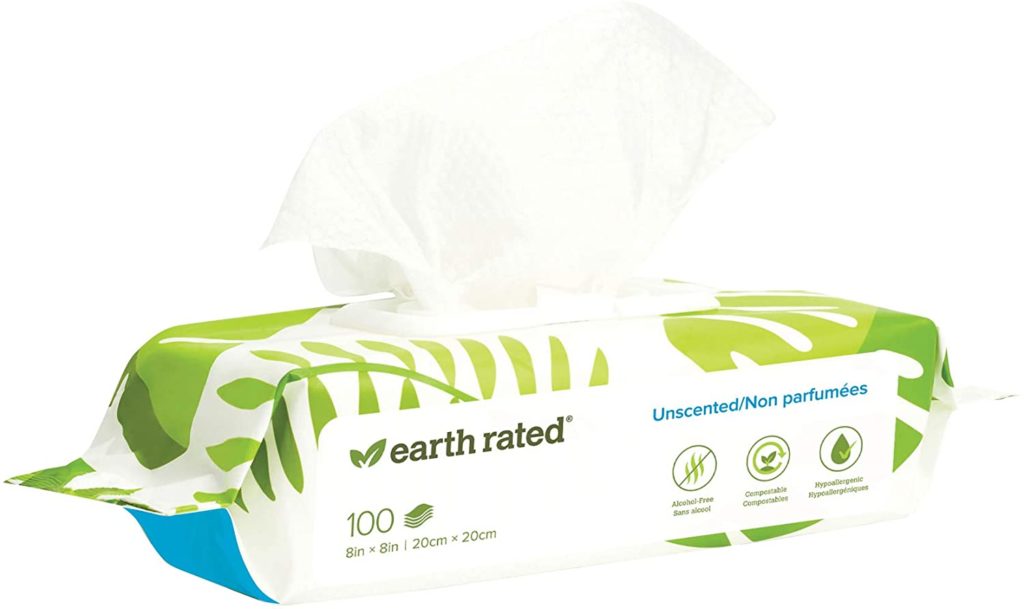
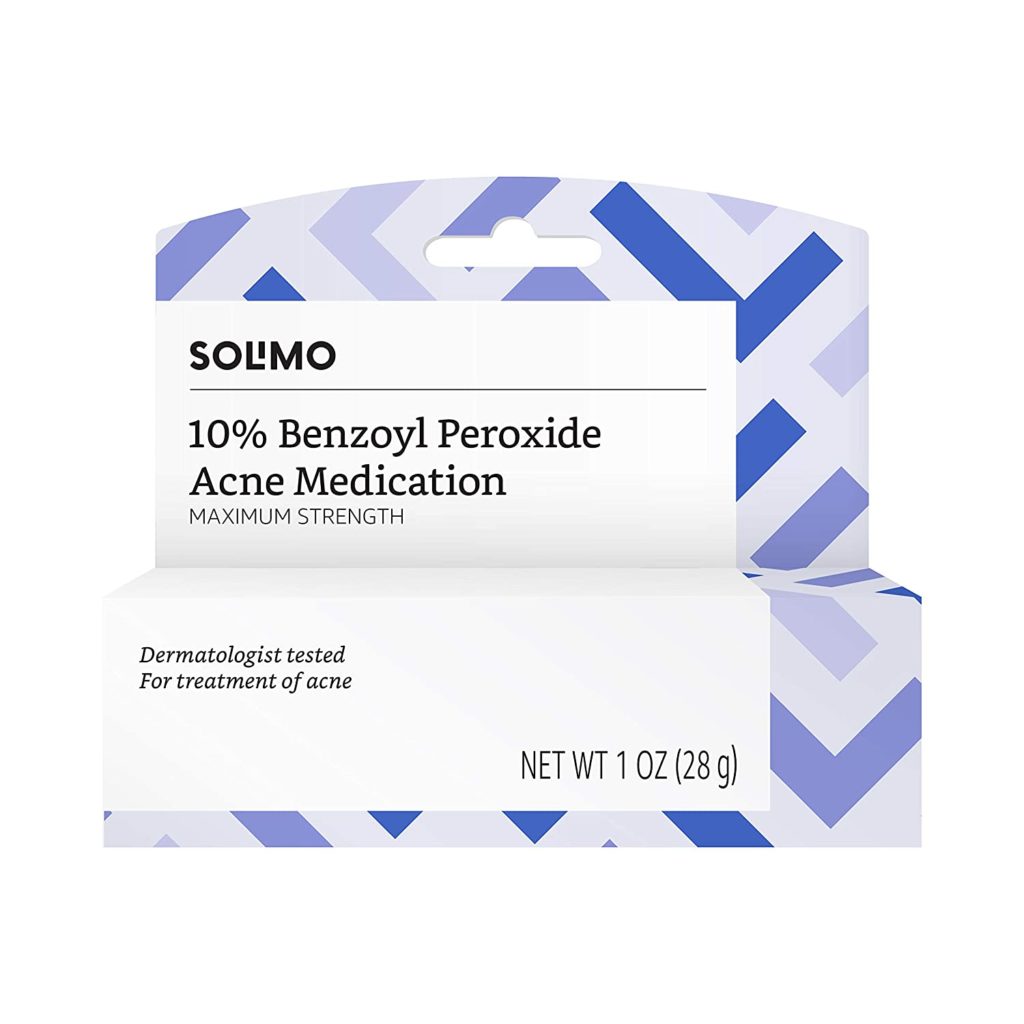

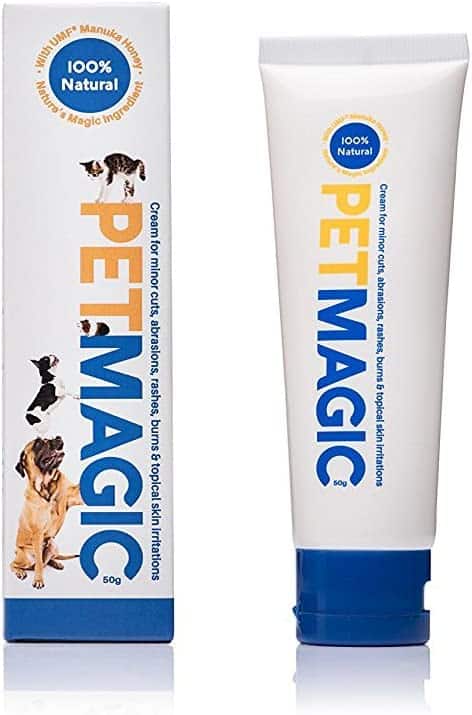
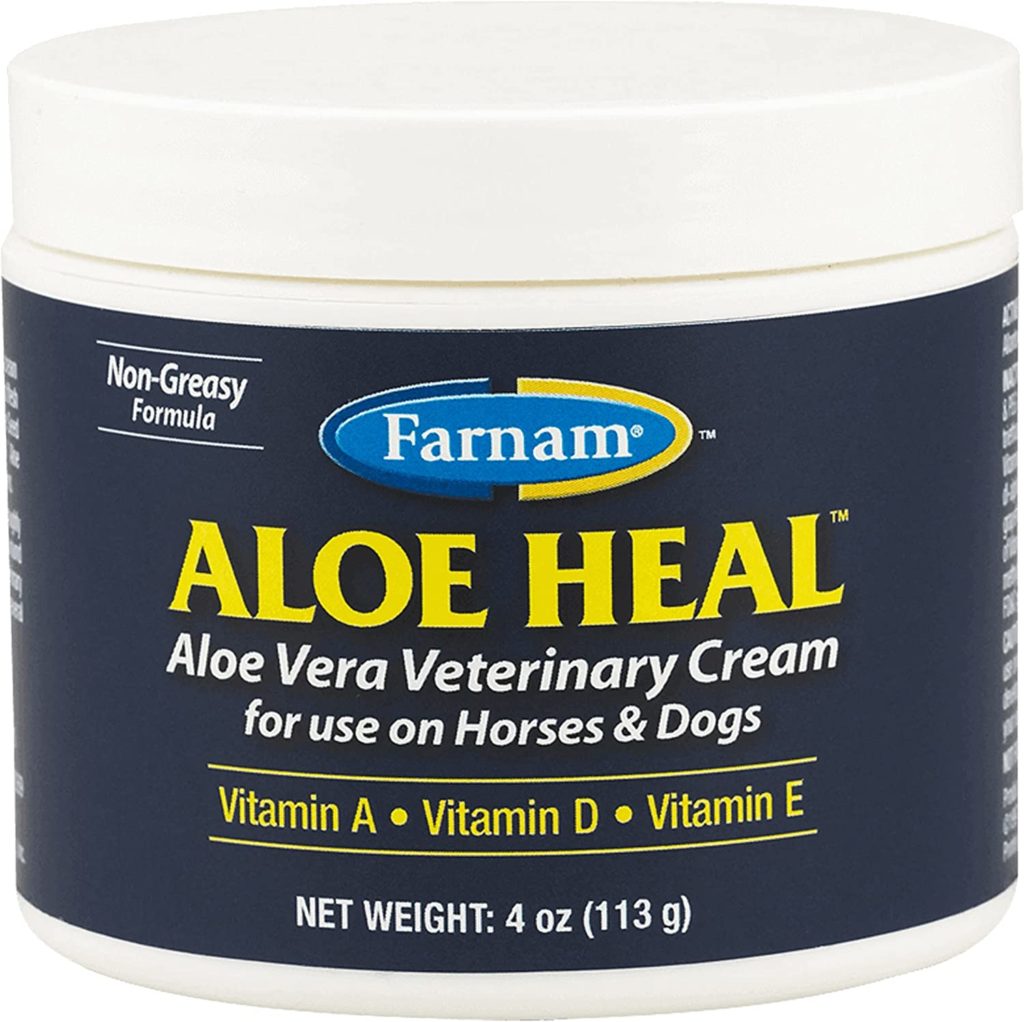
Leave a Reply